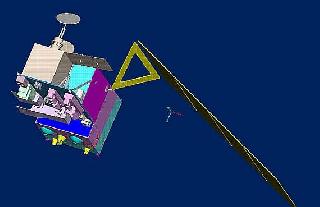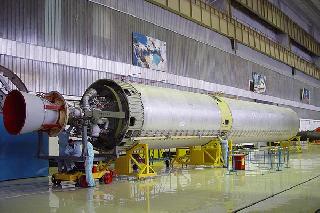
China's FY-3 (FengYun-3) Satellite
BEIJING (PTI): China Friday launched a new meteorological satellite equipped with advanced detectors which will play an important role in monitoring natural disasters, researching environment and climate change.
It was launched from the Taiyuan Satellite Launch Centre in northern China's Shanxi Province on a Long March-4C carrier, the second of China's Fengyun-3 (FY-3) series.
The satellite entered the sun-synchronous preset orbit 19 minutes later, according to data sent by the Xi'an Satellite Control Centre in northwestern Shaanxi Province.
The satellite was equipped with a dozen advanced detectors and was able to carry out a three-dimensional, all-weather, multi-spectrum quantitative detection to acquire data from the ground surface, the ocean and space, an official statement here said.
The satellite would form a network with the first FY-3 satellite, launched May 27, 2008, to improve China's meteorological observation and medium-range weather forecast capabilities, it said.
The FY-3 series would continue to play an important role in monitoring natural disasters and environment, and researching environment and climate change and disaster prevention and reduction.
Both the satellite and the rocket were developed by the Shanghai Academy of Spaceflight Technology affiliated to the China Aerospace Science and Technology Corporation.
The launch was the 134th mission of China's Long March series of rockets since April 24, 1970, when a Long March-1 rocket successfully sent China's first satellite Dongfanghong-1 into the space.
China plans to launch a total of 12 satellites of the FY-3 series and six of the FY-4 series by 2020. On November 1 China launched its sixth orbiter which would form part of its indigenous satellite-navigation and -positioning network.
The "Beidou," or Compass, navigation satellite joined five other satellites already in orbit to form a network which will eventually consist of 35 satellites.
The network will provide satellite navigation services for Asia-Pacific regions by 2012 and global services by 2020.
 Previous Article
Previous Article Next Article
Next Article













The Indian Air Force, in its flight trials evaluation report submitted before the Defence Ministry l..
view articleAn insight into the Medium Multi-Role Combat Aircraft competition...
view articleSky enthusiasts can now spot the International Space Station (ISS) commanded by Indian-American astr..
view article